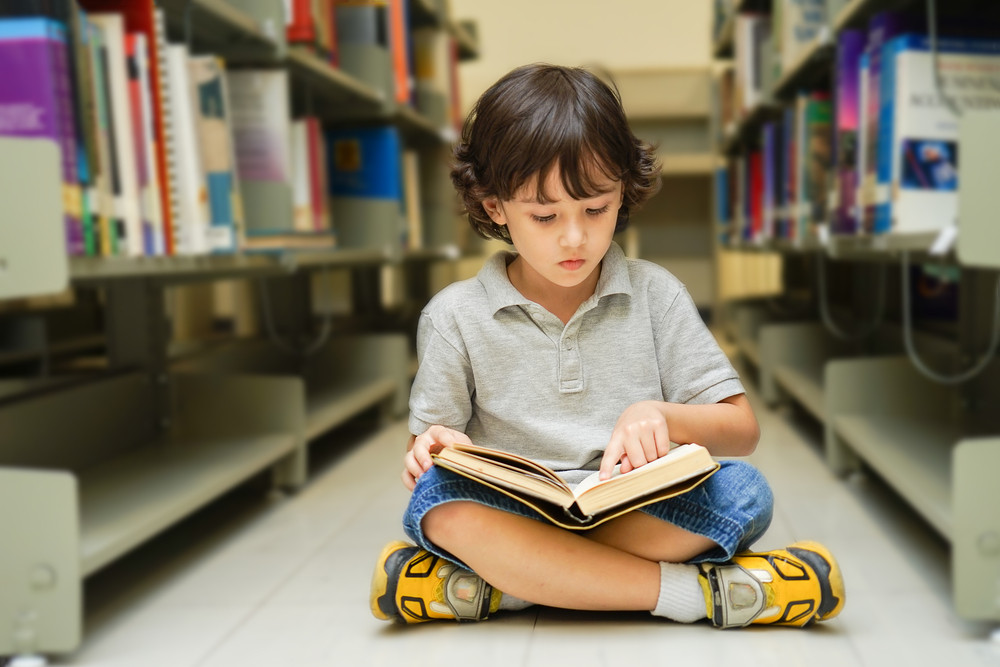
Understanding Through Images: A Path for Special Learners
For special learners, developing reading comprehension goes beyond recognizing letters and words—it’s about understanding meaning, making connections, and expressing thoughts. While traditional texts may feel overwhelming, picture books offer a powerful, accessible, and enjoyable way to build these essential skills.
In this blog, we’ll explore how picture books can support comprehension in children with special needs and provide practical tips to make storytime a meaningful learning experience.
🧠 Why Picture Books Work for Special Needs Learners
Picture books combine visuals and language in a way that supports diverse learning needs. They:
- ♦ Provide concrete visual cues to support understanding
- ♦ Reduce anxiety with short, simple text
- ♦ Support attention, sequencing, and vocabulary building
- ♦ Offer opportunities for interaction, repetition, and discussion
Whether a child has autism, a language delay, dyslexia, or an intellectual disability, picture books can be adapted to meet them where they are.
📘 Skills You Can Develop Using Picture Books
- Vocabulary Development
-
- Naming objects, actions, and emotions
- Learning new words in context
- Matching words with images
- Listening and Attention
-
- Focusing on the story
- Responding to questions
- Following the storyline
- Sequencing and Story Retelling
-
- Understanding what happened first, next, and last
- Using pictures to guide storytelling
- Building narrative memory
- Emotional Understanding and Social Skills
-
- Recognizing facial expressions and feelings
- Discussing characters’ choices and behavior
- Learning about empathy and problem-solving
- Predicting and Critical Thinking
-
- Asking “What do you think will happen next?”
- Understanding cause and effect
- Making connections to real life
📚 How to Choose the Right Picture Books
Look for books that are:
- ♦ Visually engaging (bright, clear illustrations)
- ♦ Simple and repetitive (especially for early learners)
- ♦ Relatable (based on real-life situations, emotions, or interests)
- ♦ Interactive (lift-the-flap, textures, or sound buttons if sensory input is helpful)
📌 Examples:
- Brown Bear, Brown Bear, What Do You See? by Eric Carle
- The Very Hungry Caterpillar by Eric Carle
- Where’s Spot? by Eric Hill
- Pete the Cat series by James Dean
- Don’t Let the Pigeon Drive the Bus! by Mo Willems
👩🏫 Strategies for Using Picture Books to Build Comprehension
1. Preview the Book
- Look at the cover and pictures first.
- Ask, “What do you think this story is about?”
2. Use Visual Supports
- Point to pictures as you read.
- Use flashcards or objects that match the story.
- Use communication boards or AAC if needed.
3. Ask Open-Ended and WH Questions
- “What do you see?”
- “Who is this?”
- “Why do you think he’s sad?”
- “What happened first?”
4. Pause and Reflect
- Give time for processing.
- Use gestures or prompts if the child is unsure.
- Allow responses in any form: pointing, drawing, speech, or signs.
5. Retell with Support
- Use picture sequencing cards.
- Act out the story using puppets or toys.
- Let the child draw parts of the story or choose their favorite page.
🧩 Adapting for Different Learning Needs
- ► For non-verbal children: Use PECS or pointing to answer questions
- ► For children with attention difficulties: Choose shorter books or read in multiple short sessions
- ► For children with visual impairments: Use tactile books or read aloud with expressive tone
- ► For those with cognitive delays: Re-read books multiple times with simplified language
💡 Extend the Learning
- ♦ Create an art or craft related to the book
- ♦ Prepare a themed snack (e.g., fruit salad after The Very Hungry Caterpillar)
- ♦ Sing a song related to the story
- ♦ Use the story theme in role play or sensory bins
🌈 Final Thoughts
Picture books are more than just stories—they are bridges to language, learning, and connection. With a little creativity and thoughtful support, you can use picture books to spark understanding, communication, and joy in special learners.
Every book opened is a door unlocked—for imagination, expression, and growth. 📖💬
Back to Blogs
